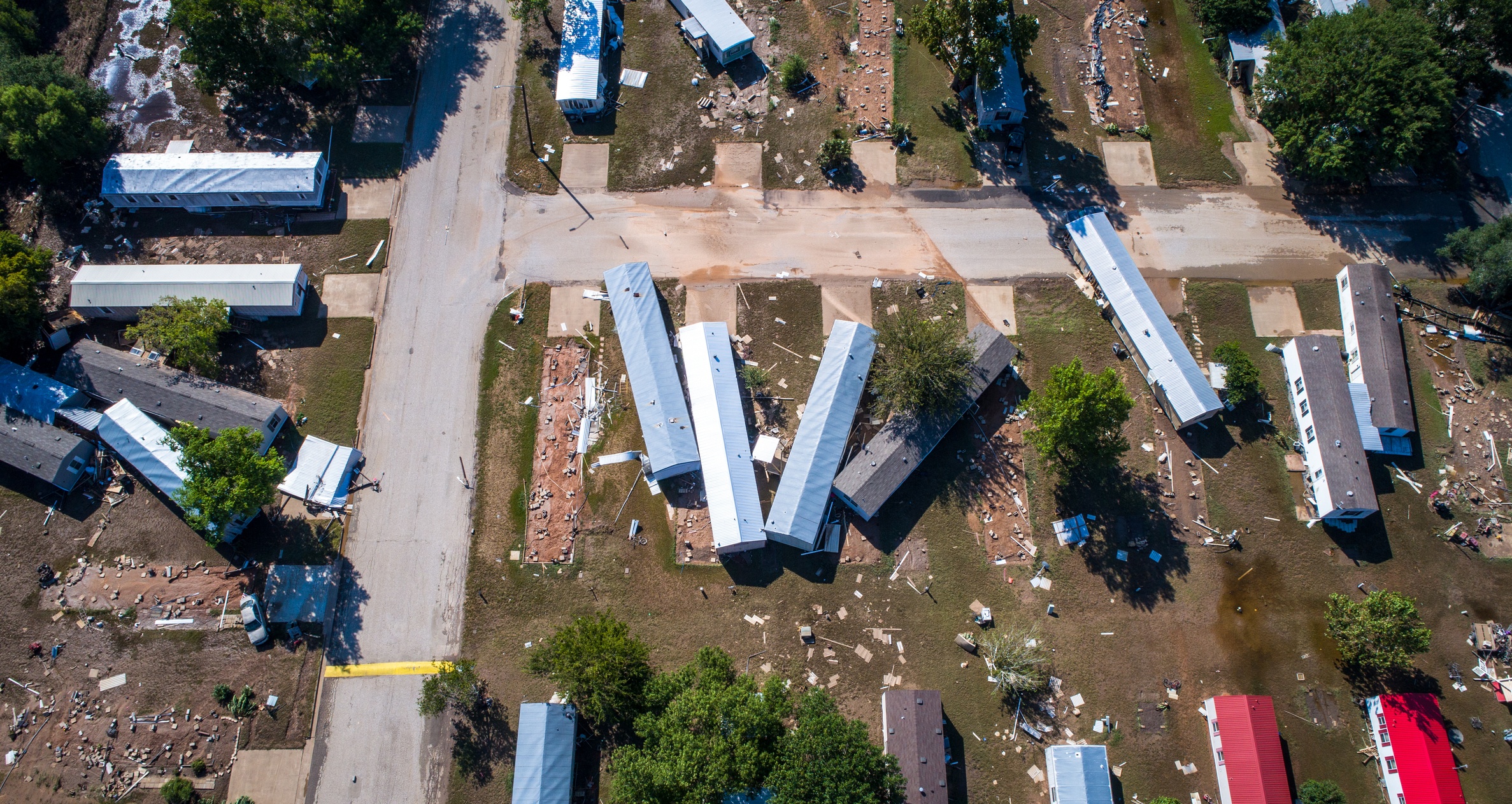
This information is from the white paper Challenges of Implementing Healthcare Simulation in Community Colleges. Any quoted percentages are from the surveyed institutions. For more information, or to view the white paper, see the link at the end of the article.
Community colleges serve diverse student populations in healthcare programs that vary in length. Applying the International Nursing Association for Clinical Simulation and Learning (INACSL) standards to implement high-fidelity simulation education at community colleges presents unique challenges.
1. Funding Sources
Community colleges have limited financial resources to dedicate to ongoing simulation program development. A growing concern, in addition to limited finances, is that many programs will allocate resources to equipment and simulation scenarios without a plan to support ongoing faculty training and financial support for expansion.
A little over half of institutions have funding dedicated funding or capital streams for simulation.
According to the research in the white paper, funding constraints include the following:
- Variable annual budgets
- Tax-supported college funding
- Lack of support from institutional leaders
- Lack of hard data supporting simulation program value
- Lack of research data to justify operational needs
- Limited time to write grants, or lack of a grant writer
- No individual simulation budget
2. Challenges for Supply/Equipment Acquisition
Another area of funding difficulty is for simulation supplies and equipment. The challenges here extend from the simple area of dollar allocation to confusion about ordering processes. Funding dollars for supplies and equipment come from four major sources: direct budgeting; class fees, such as kit or lab fees; “other,” including private donations; and grant funds.
Current processes for determining and obtaining supplies range from estimating supply usage via experience and inventory, enrollment, and per simulation event. A small number of respondents use software to estimate supplies, and a slim percentage have no established method. More than half the respondents were able to point to drawbacks in their methods of estimating and ordering supplies.
Decision-making about more expensive durable equipment (for example, manikins, audio/visual recording systems, medication dispensing carts) is determined by more than one department. Some challenges inherent in a “too many cooks” approach to ordering include:
- Lack of a formal process
- Downtime when equipment needs to be repaired
- Lack of monies to purchase warranties and service agreements
- No resources to hire personnel to do preventative maintenance or perform repairs
3. Simulation Staff and Equipment Storage
Two other areas of resource management that emerged from the research were the costs of simulation lab staff and equipment storage.
One paper estimates that staffing costs comprise two-thirds to three-quarters of simulation program operating costs. With a disproportionate amount of funding spent on initial investments of simulation equipment, most educators are overburdened because of a lack of ongoing maintenance and support for simulation. Simulation-related roles may be managed by one or two people, even at large centers.
Equipment storage has also proven to be a barrier to simulation. Failing to plan for simulation program growth can result in major difficulties; equipment and technology increases lead to the demand for increasing physical space.
Solutions:
- Sharing resources: about 56% of surveyed institutions share simulation equipment, space, and/or staff with other healthcare programs at the same institution to offset operating costs.
- Finding a system of tracking and ordering supplies to maximize efficiency and reduce redundancy.
- Establishing a solid relationship with equipment vendors and creating a budget that includes salary for trained support personnel to complete repairs are recommended.
- Hiring work-study students, welcoming assistance from retired faculty and alumni, and sharing region simulation center staffing can help with the costs of personnel.
- College departments should collaborate to share storage space, and programs should make it a point to have dedicated space for simulation education, debriefing, and storage.
This white paper was presented to the Society of Simulation in Healthcare (SSH) and the International Nursing Association for Clinical Simulation and Learning (INACSL) by the Nursing Section Community College Workgroup.






